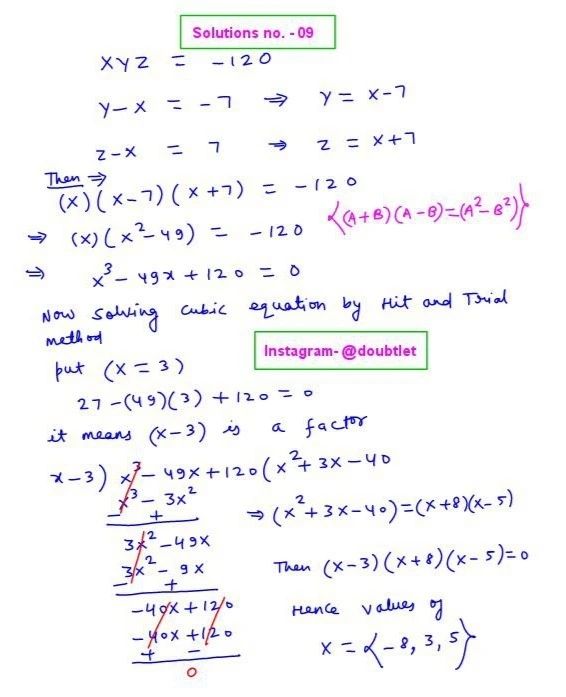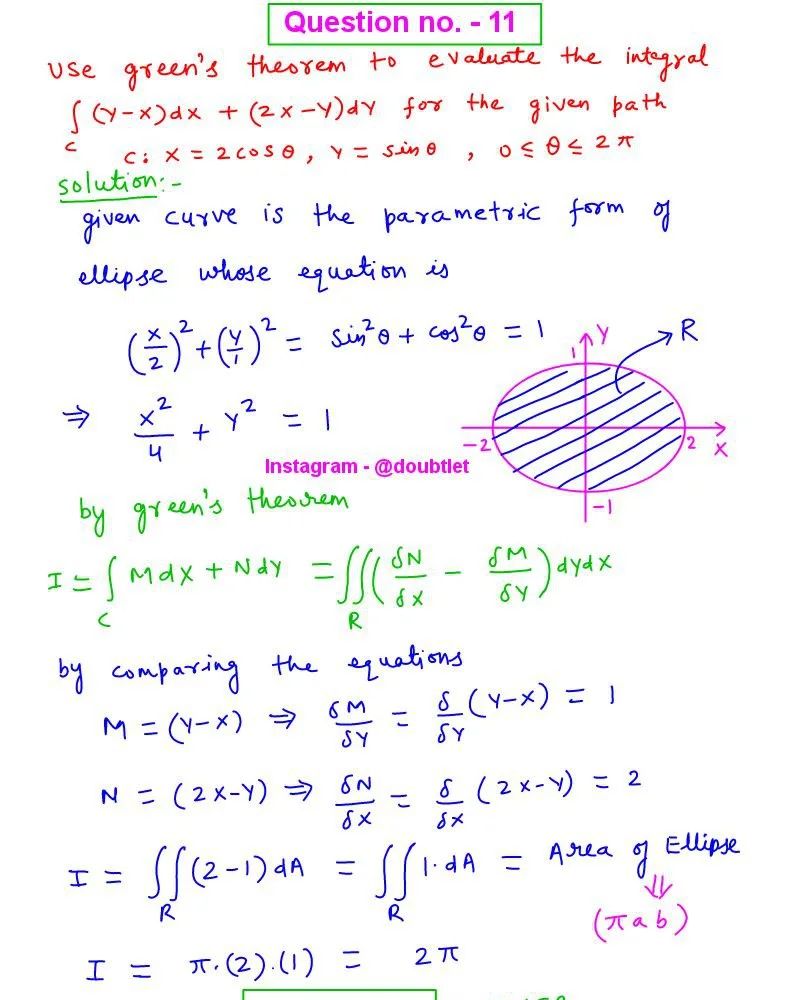









Simpson’s three by eight rule for a table Calculator
This calculator will help you to approximate the definite integral using the Simpson’s three by eight rule for the given table of values within the range of upper and lower limits.Related Calculator:Simpson’s three by eight rule for a function Calculator
f(x) : |

Neetesh Kumar | November 29, 2024
Share this Page on:
![]()
![]()
![]()
![]()
![]()
- 1. Introduction to the Simpson’s Three by Eight rule for a Table
- 2. What is the Formulae used
- 3. How do i find the Simpson’s Three by Eight rule for a Table
- 4. Why choose our Simpson’s Three by Eight rule for a Table calculator?
- 5. A Video for explaining this concept
- 6. How to use this calculator?
- 7. Solved Examples on Simpson’s Three by Eight rule for a Table
- 8. Frequently Asked Questions (FAQs)
- 9. What are the real-life applications?
- 10. Conclusion
1. Effortless Integration with Simpson’s Three-Eighth Rule for a Table: A Complete Guide
When solving real-world problems, we often deal with data in tabular form rather than explicit functions. Simpson’s Three-Eighth Rule is a numerical integration method that offers high accuracy for such data. If you’re looking for a straightforward way to apply this rule, our Simpson’s Three-Eighth Rule for a Table Calculator is here to help. In this blog, we’ll discuss the method, its formula, and how to use our calculator for precise and quick results.
What Is Simpson’s Three-Eighth Rule for a Table?
Simpson’s Three-Eighth Rule is a method for estimating the definite integral of a dataset presented in tabular form. Unlike symbolic functions, tabular data provides discrete values at specific points. This rule is particularly effective for handling data that aligns with cubic polynomial behavior, offering enhanced accuracy compared to simpler methods like the trapezoidal rule.
2. The Formula for Simpson’s Three by Eight Rule
The mathematical formula for Simpson’s Three by Eight rule is::
- are the data points.
- are the corresponding values in the table.
- is the interval width between consecutive data points, calculated as
- The number of intervals () must be a multiple of 3.
3. How do I evaluate Simpson’s Three by Eight Rule for a Table?
- Verify that the intervals () between data points are equal.
- Ensure the number of intervals is a multiple of 3.
- Apply the formula, substituting the tabular values.
- Sum the results to approximate the integral.
Performing this manually can be tedious, especially for large datasets, which is why our calculator simplifies the process significantly.
4. Why Use Our Simpson’s Three by Eight Rule for a Table Calculator?
Our calculator page provides a user-friendly interface that makes it accessible to both students and professionals. You can quickly input your square matrix and obtain the matrix of minors within a fraction of a second.ur Midpoint Rule for a Table calculator is designed to make complex calculations simple and accurate. Here’s why you should choose our calculator:
Our calculator saves you valuable time and effort. You no longer need to manually calculate each cofactor, making complex matrix operations more efficient.
Our calculator handles large datasets effortlessly and delivers precise results, minimizing manual errors.
Our calculator can handle all input values like integers, fractions, or any real number.
Alongside this calculator, our website offers additional calculators related to Pre-algebra, Algebra, Precalculus, Calculus, Coordinate geometry, Linear algebra, Chemistry, Physics, and various algebraic operations. These calculators can further enhance your understanding and proficiency.
5. A video based on how to Evaluate the Simpson's Three by Eight for a Table.
6. How to use this calculator
- Input the Table Data: Enter the values (data points) and corresponding values.
- Check Intervals: Ensure the intervals are consistent and a multiple of 3.
- Click Calculate: Get instant results with detailed steps.
- Review the Output: View the integral approximation and error analysis.
7. Solved Examples on Simpson's Three by Eight Rule for a Table
Example 1: Integrating Tabular Data
Given the following table, calculate the integral using Simpson’s Three-Eighth Rule:
x f(x)
0 1
1 3
2 5
3 7
Use the above calculator to solve this question with steps.
8. Frequently Asked Questions (FAQs)
Can Simpson’s Three-Eighth Rule be applied to uneven intervals in a table?
No, the intervals between values must be equal for Simpson’s Three-Eighth Rule to work correctly. For uneven intervals, consider splitting the data into sections or using another method.
What happens if the number of intervals isn’t a multiple of 3?
Simpson’s Three-Eighth Rule requires intervals to be a multiple of 3. If not, adjust the data by adding or removing points or use a different numerical method, like Simpson’s One-Third Rule.
Is Simpson’s Three-Eighth Rule more accurate than the trapezoidal rule?
Yes, Simpson’s Three-Eighth Rule is generally more accurate because it uses cubic polynomials for interpolation, capturing more curvature in the data.
Can this rule be used for real-time data?
Simpson’s Three-Eighth Rule is suitable for static datasets. For real-time or streaming data, more dynamic numerical methods may be required.
How does this rule handle large datasets?
For large datasets, Simpson’s Three-Eighth Rule can be efficiently applied using computational tools like our calculator, ensuring accuracy and saving time.
What is the error in Simpson’s Three-Eighth Rule?
The error depends on the fourth derivative of the function and is proportional to . Smaller intervals reduce the error.
Can I combine Simpson’s One-Third Rule with Simpson’s Three-Eighth Rule?
Yes, for datasets that don’t perfectly fit the requirements of either rule, you can combine both methods by applying them to different sections of the data.
Is this calculator useful for academic purposes?
Absolutely! Our calculator is an excellent learning tool for students, providing accurate results and detailed explanations for better understanding.
9. What are the real-life applications?
- Physics: Calculating areas under experimental curves, such as velocity-time graphs.
- Economics: Estimating integral values from tabular market data.
- Engineering: Solving problems involving tabular stress-strain relationships.
- Environmental Science: Modeling pollutant distribution or population growth based on tabular data.
10. Conclusion
Simpson’s Three-Eighth Rule is a powerful tool for handling integration problems involving tabular data. With its high accuracy and wide range of applications, it’s indispensable for students, researchers, and professionals. Our Simpson’s Three-Eighth Rule for a Table Calculator simplifies the process, providing instant results and clear explanations.
Ready to explore the power of numerical integration? Try our calculator now and see the difference!
If you have any suggestions regarding the improvement of the content of this page, please write to me at My Official Email Address: doubt@doubtlet.com
Are you Stuck on homework, assignments, projects, quizzes, labs, midterms, or exams?
To get connected to our tutors in real time. Sign up and get registered with us.
Midpoint Rule for a Function
Riemann Sum for a Function
Evaluate function value at a point
Average rate of change
Operation on Matrices
Coordinates Conversion
Operation on Complex Numbers
Comments(0)













Leave a comment